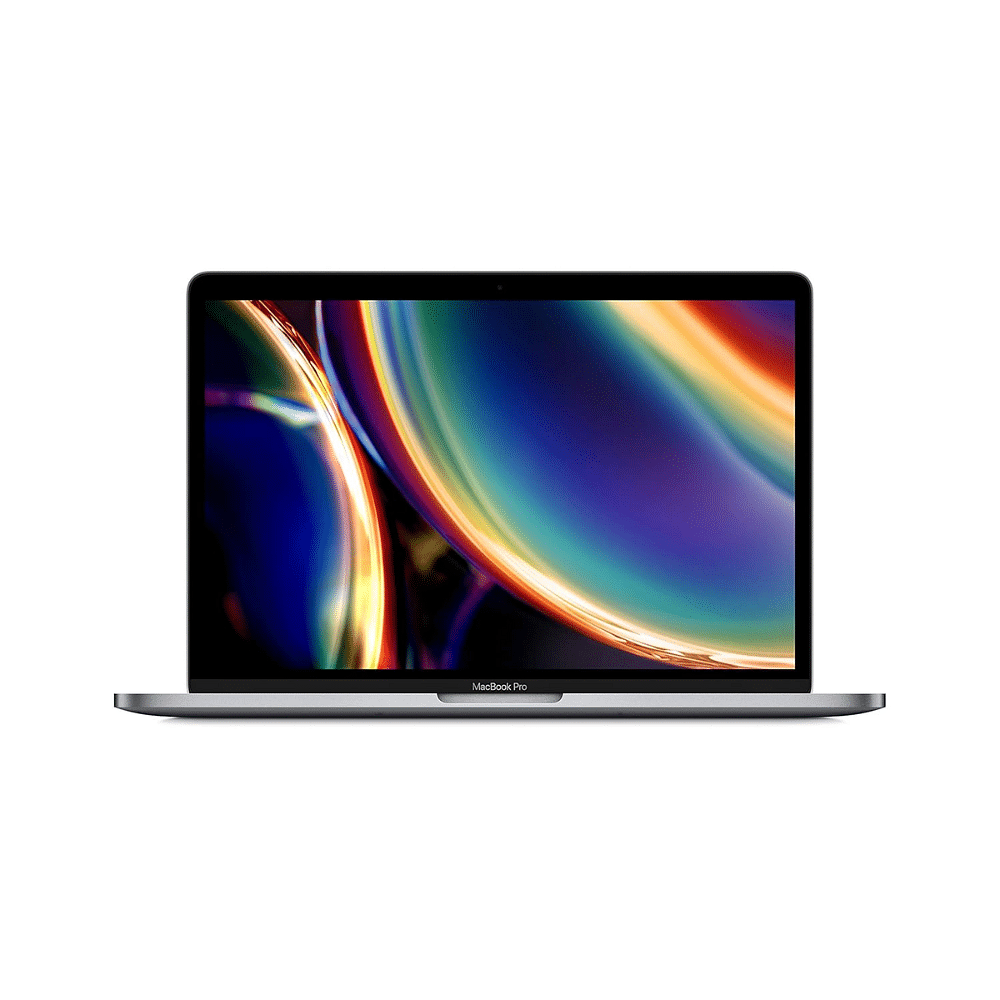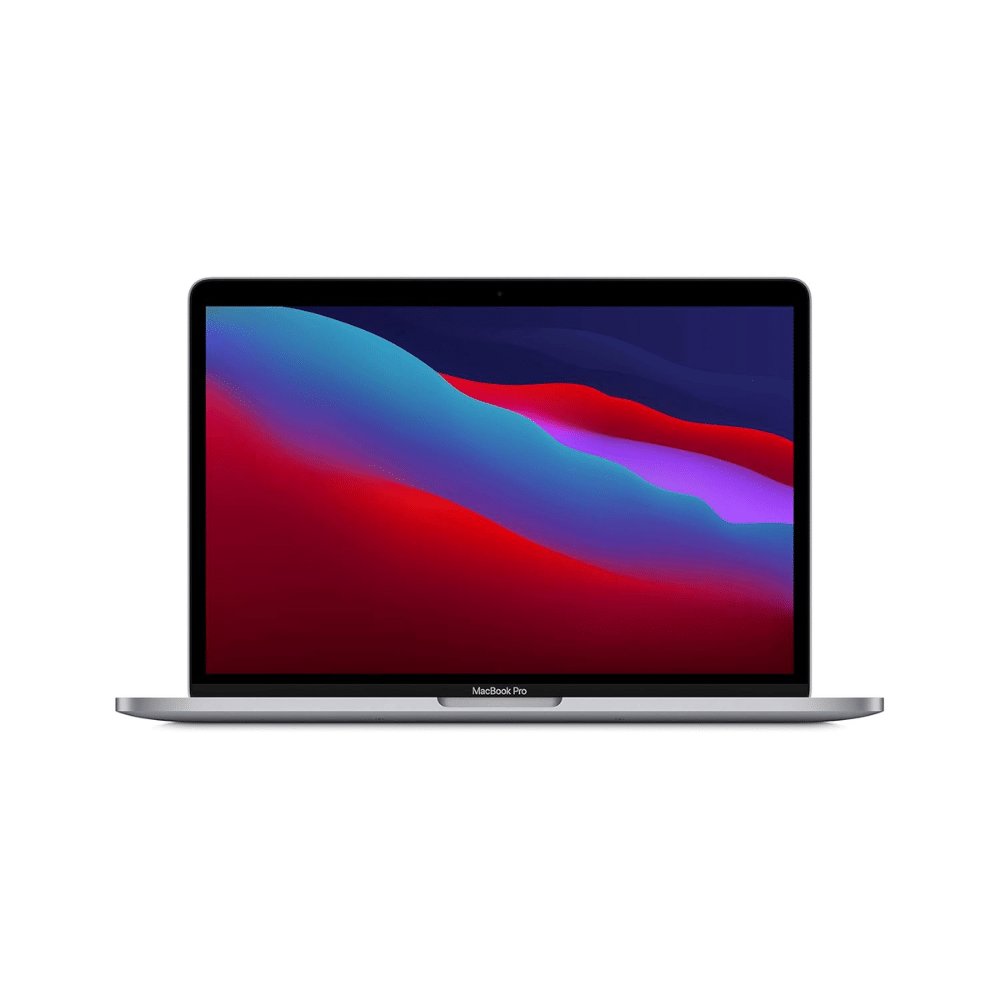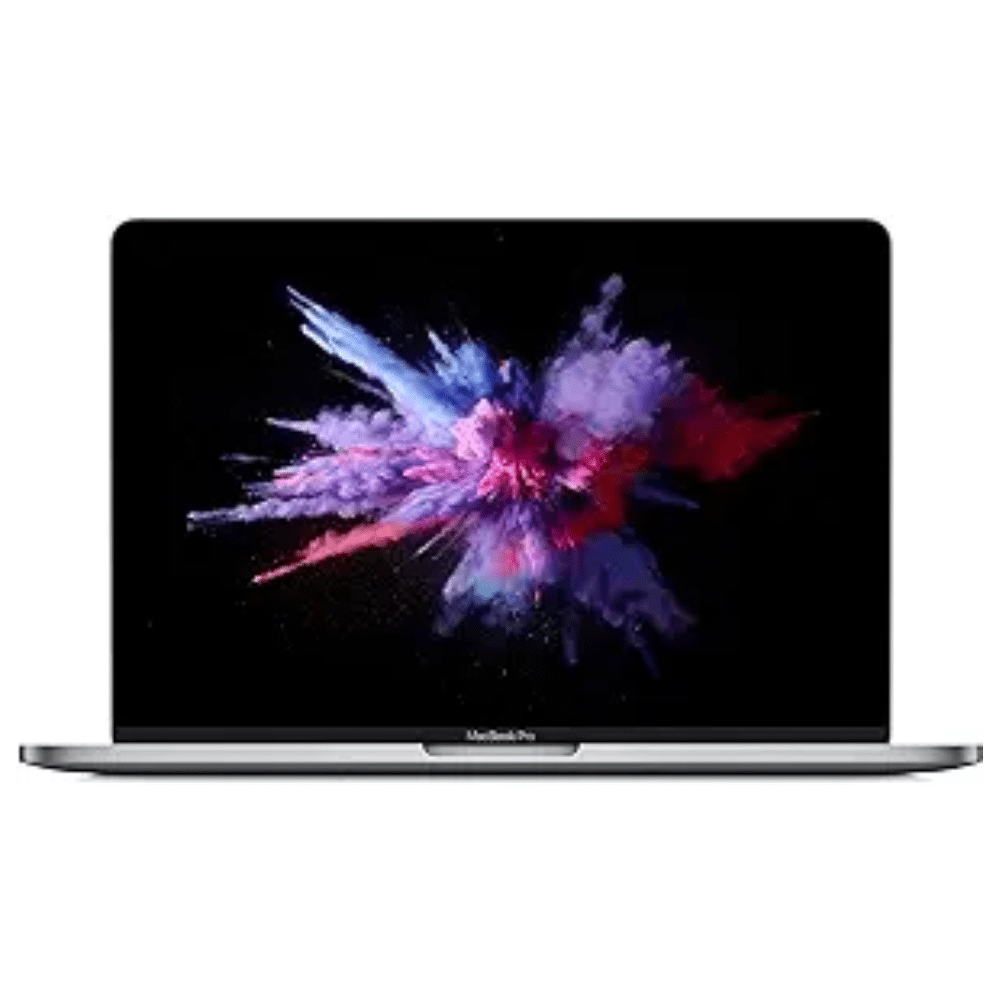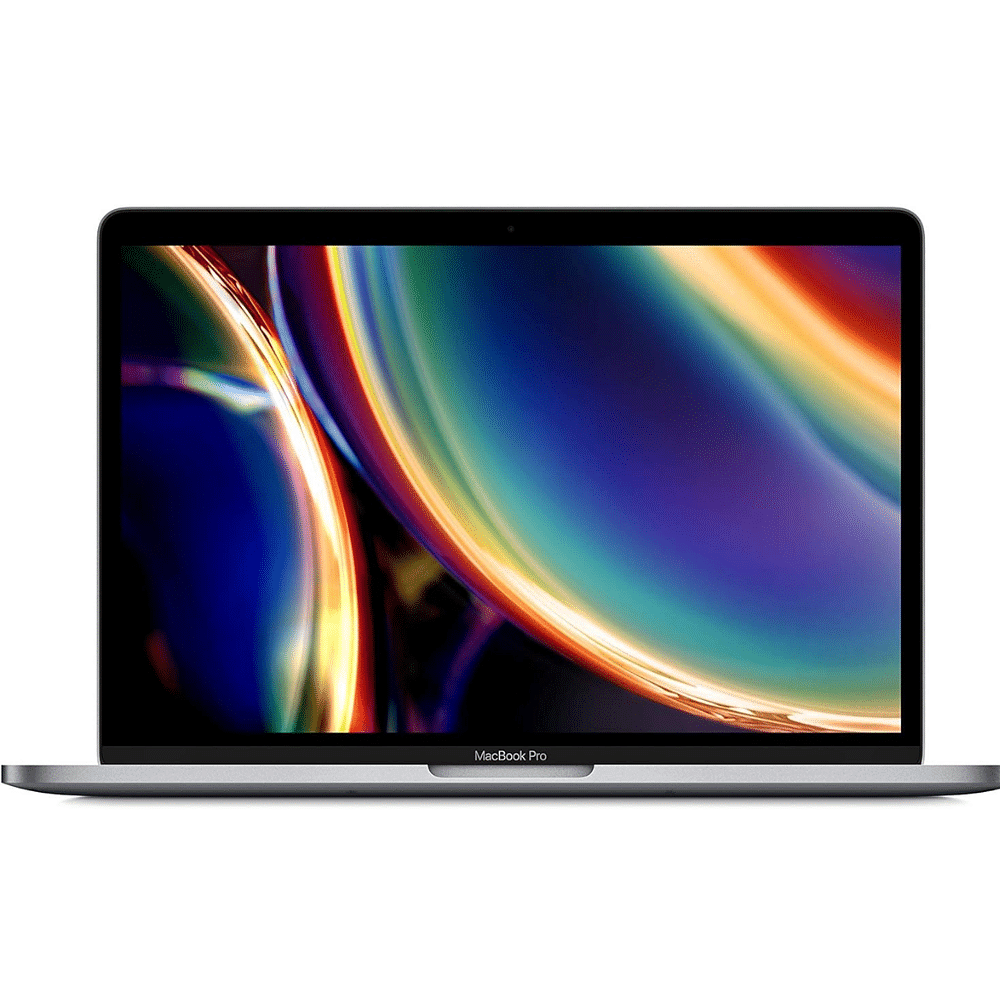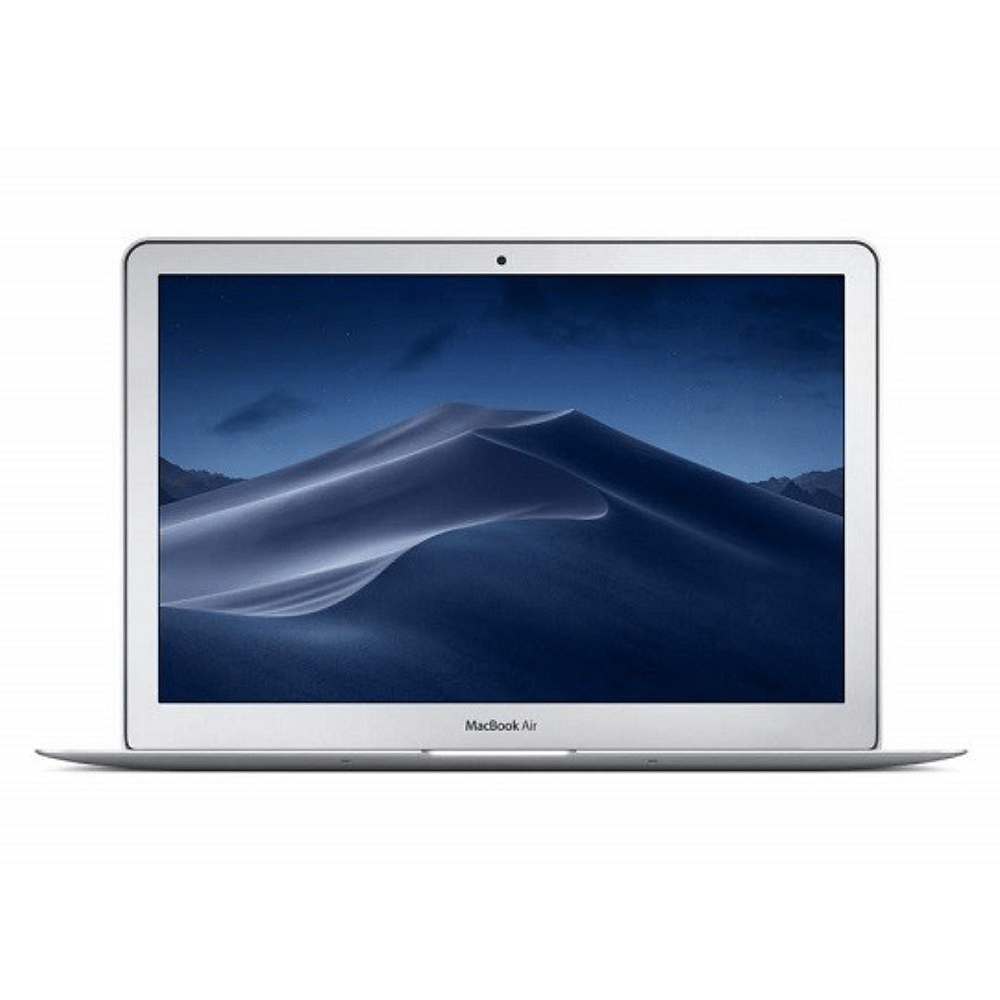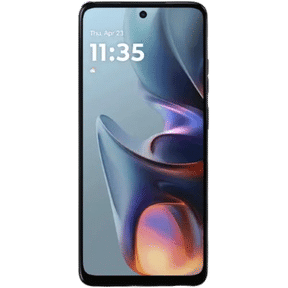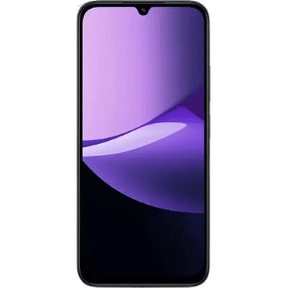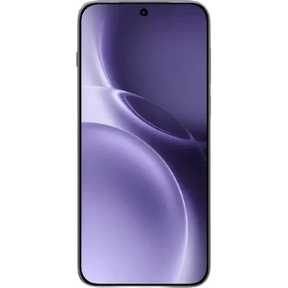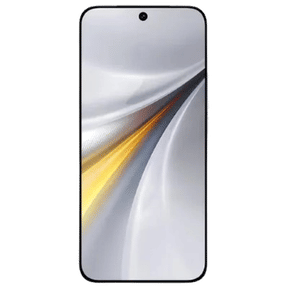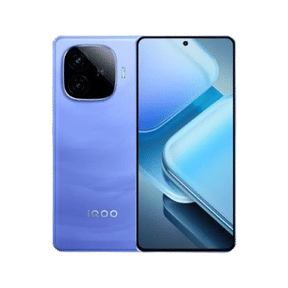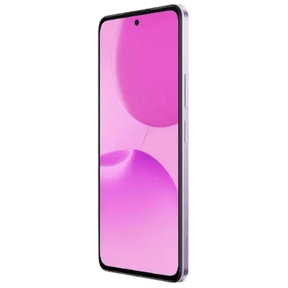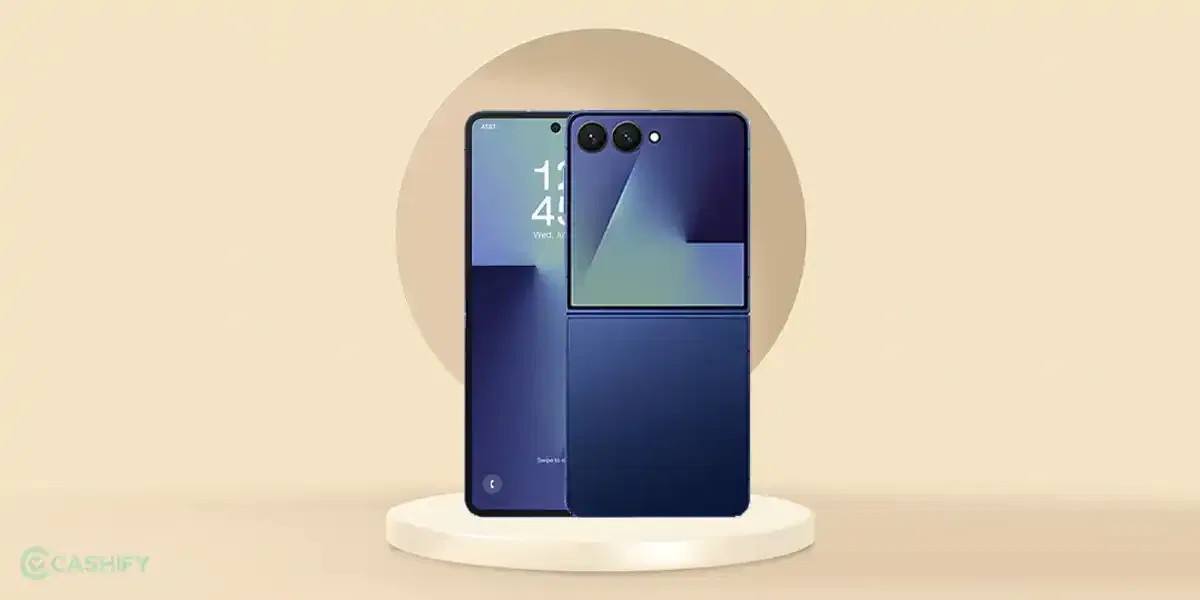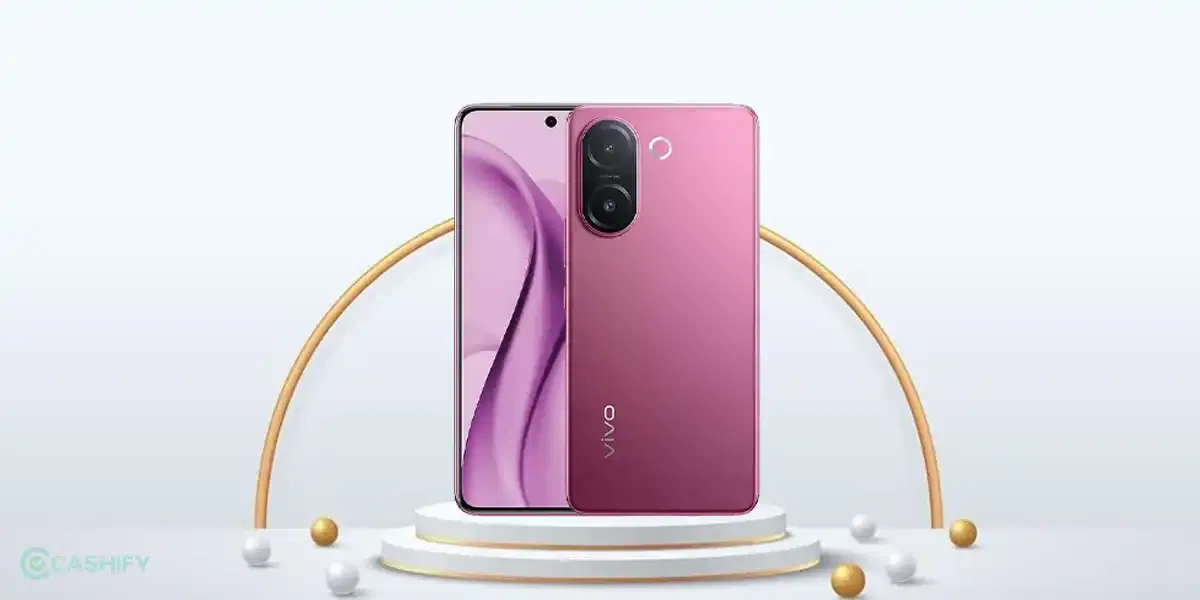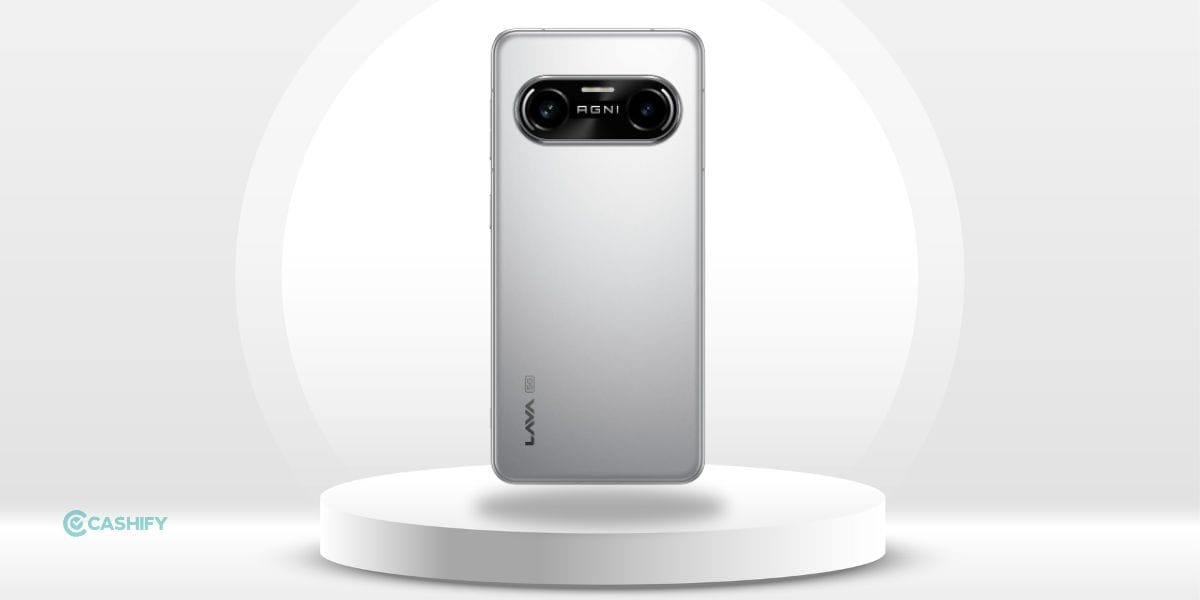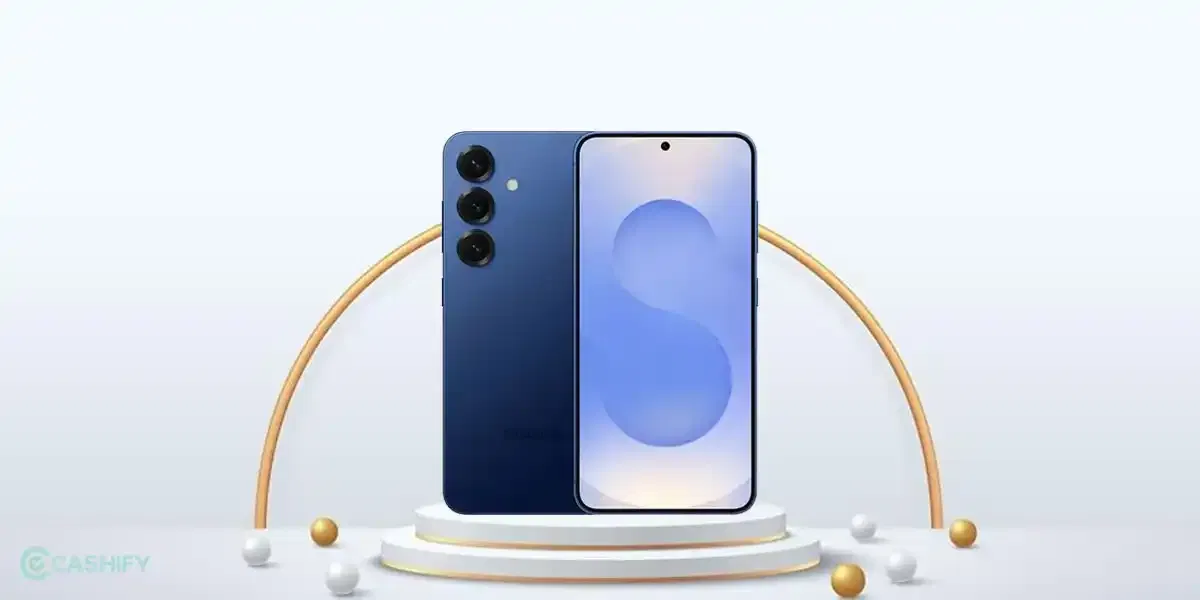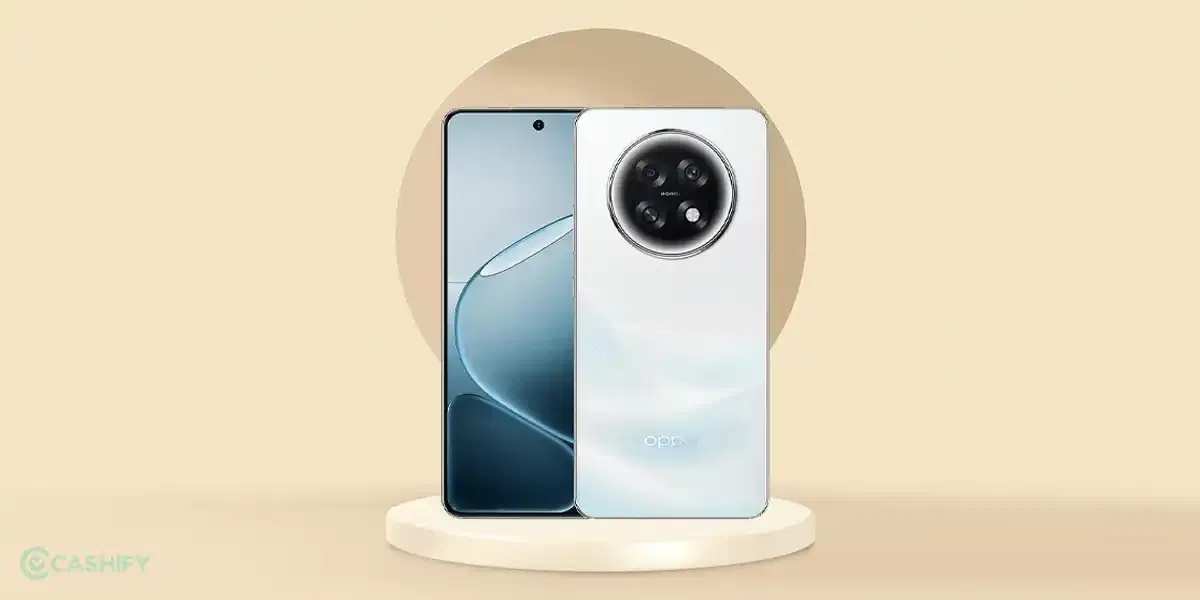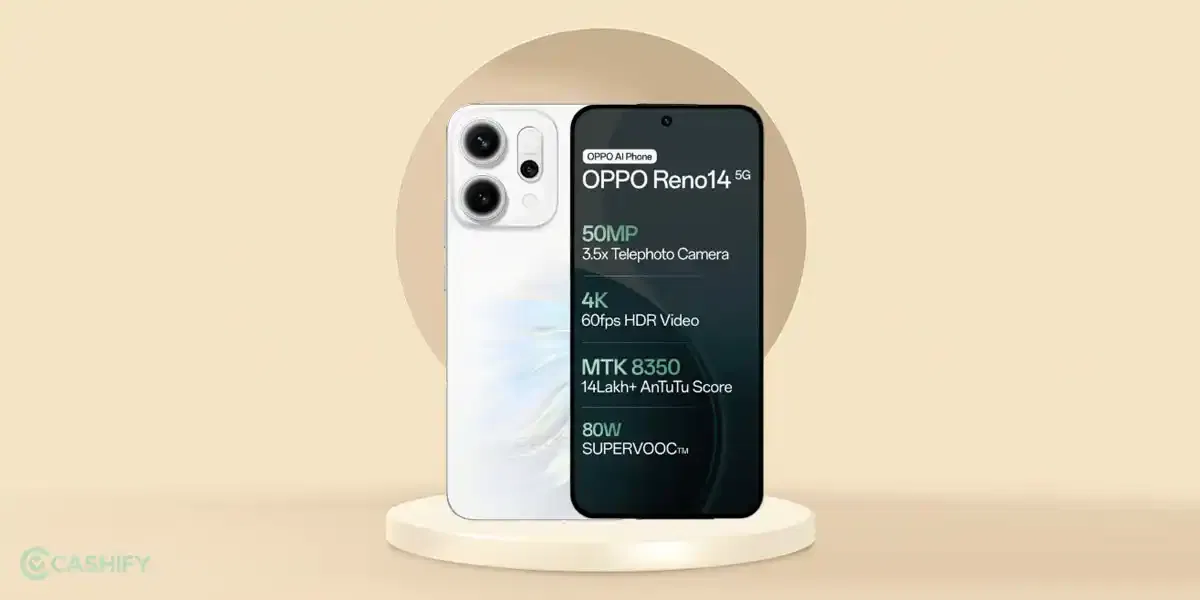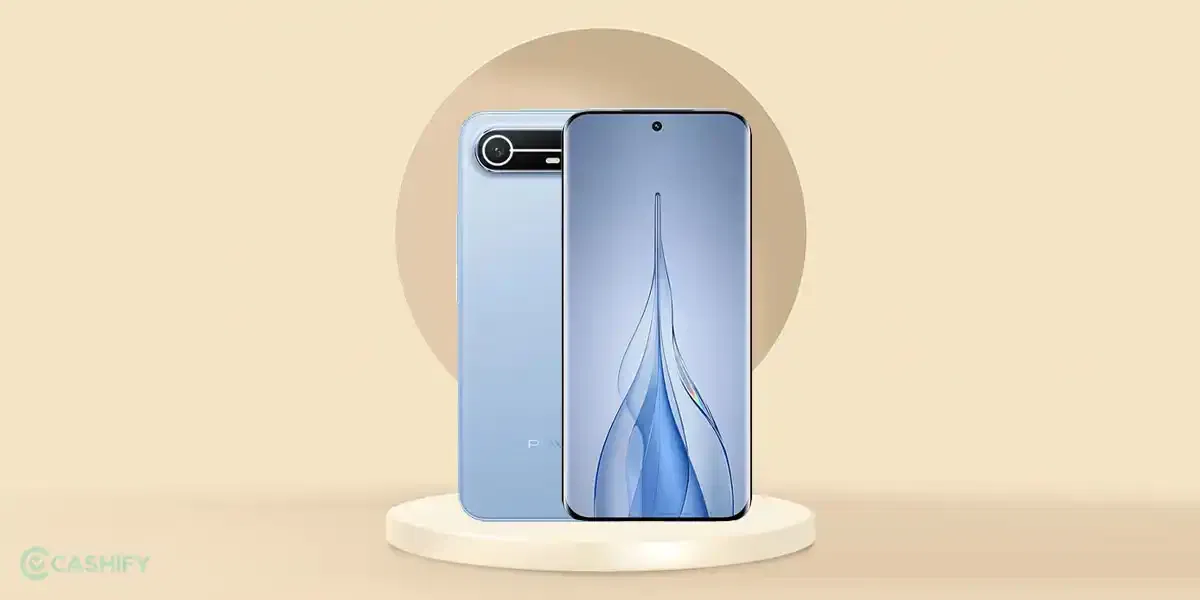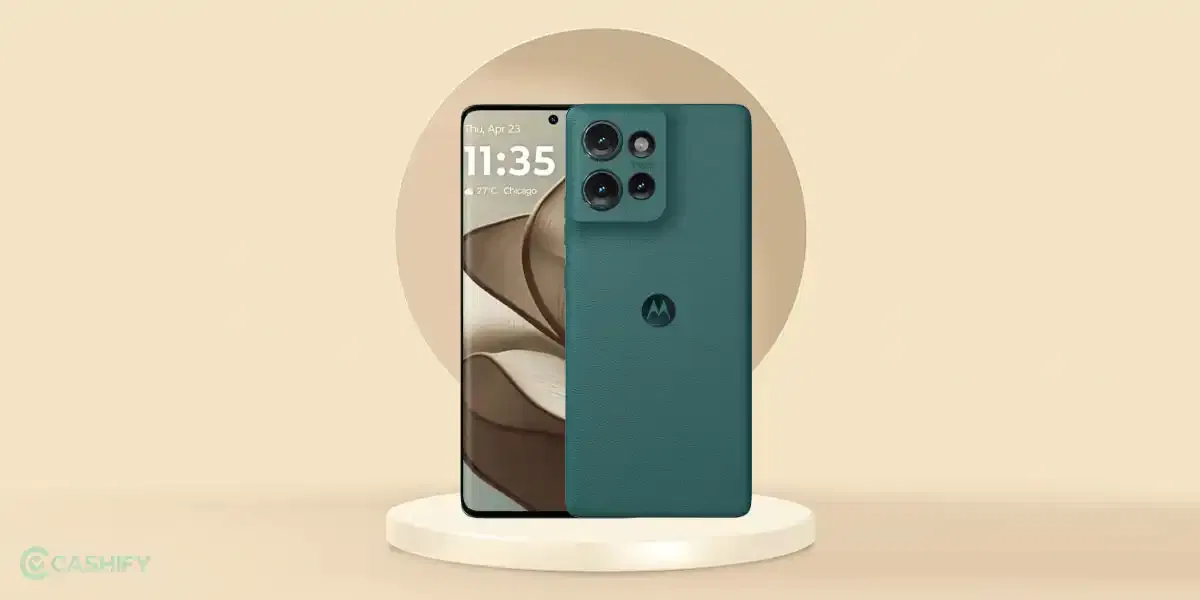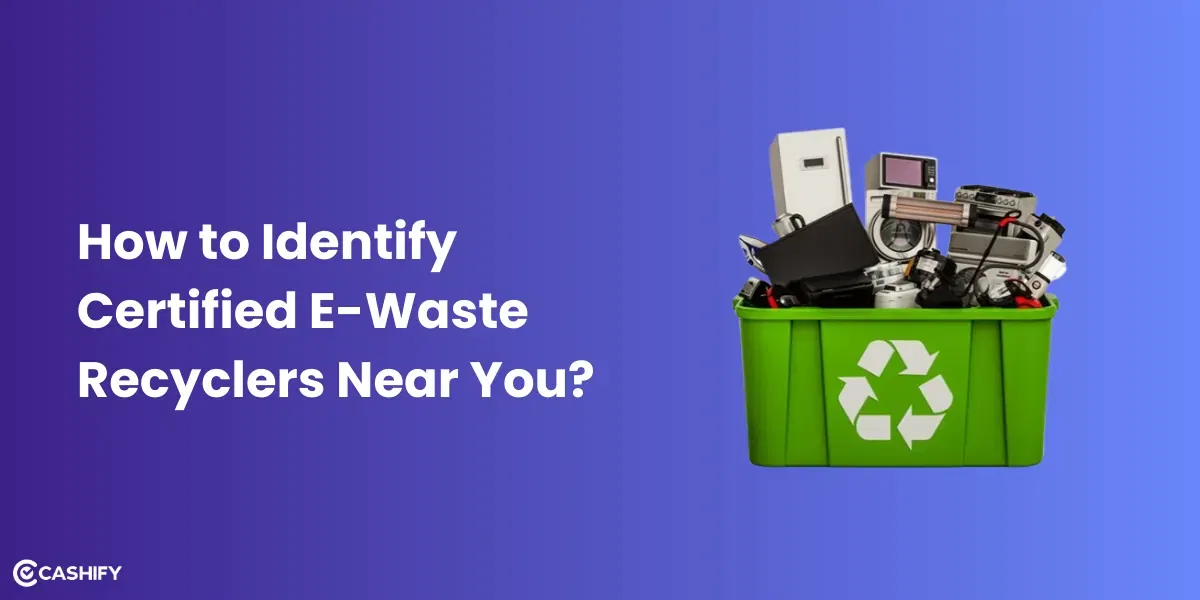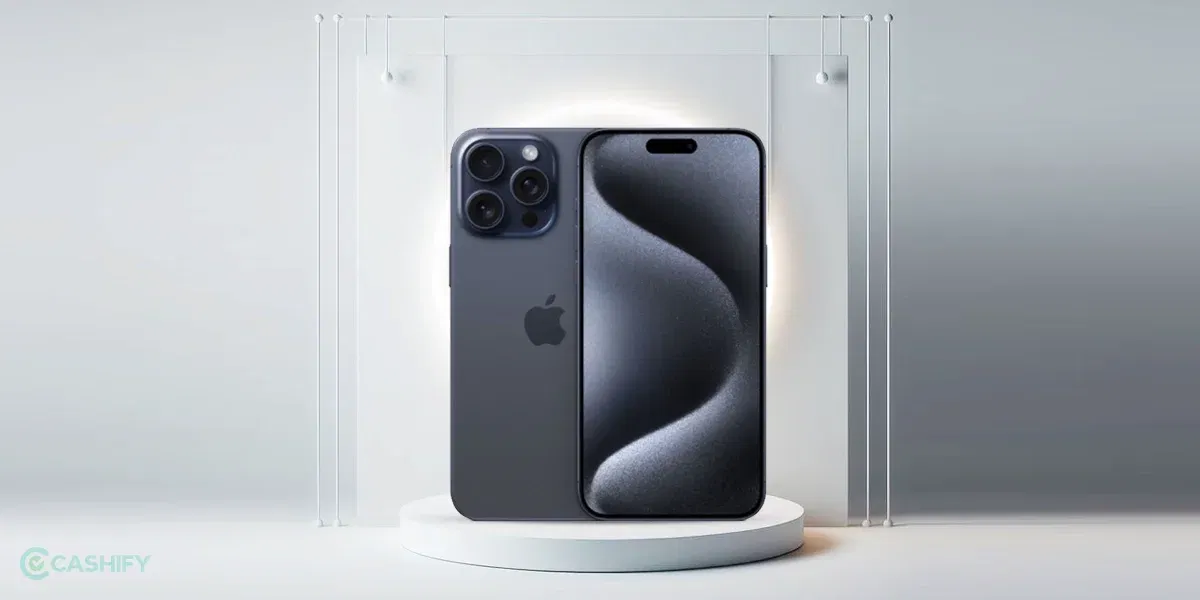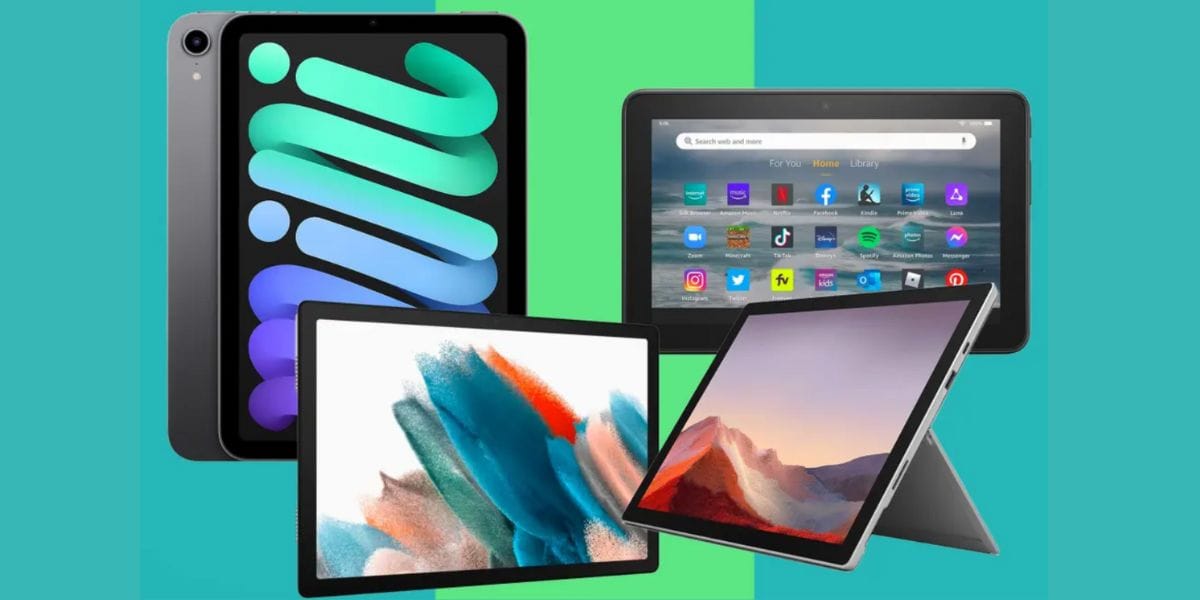
Score
Google Pixel 4
Google has established itself as a brand among the largest smartphone makers, including Apple, Samsung, and Huawei, since the debut of the Pixel 3 a year ago. Google has released a new smartphone dubbed the Google Pixel 4 that boasts exceptional camera quality. In addition to a fresh appearance, the phone includes a slew of clever new features that we’ll take a look at. So let’s get this conversation going.
Google Pixel 4 price in India
The Google Pixel 4 was supposed to be priced around Rs.69,990 in India but it never launched in India. This is the Google Pixel 4 6GB/64GB internal storage base version, which has been launched in three colour options including Just Black, Clearly White, and Oh So Orange colours.
About the Product Overview
Google Pixel 4 boasts a 90Hz refresh rate screen and comes powered by the Qualcomm Snapdragon 850 chipset and carries a dual-camera setup on the rear along with an excellent sound system. Google Pixel 4 runs on Android 10 and features wireless charging.
Pros
- 90Hz refresh rate screen
- 6GB RAM + 128GB internal storage
- Qualcomm Snapdragon 850 chipset
- Gorilla Glass 5 Protection
- Wireless Charging
- IP68 Waterproofing
- 12.2MP dual camera setup
Cons
- No storage expansion
- Very poor battery backup
- No 5G connectivity
- Overpriced
